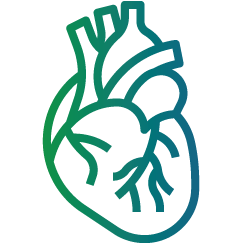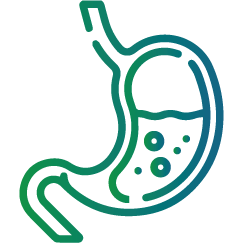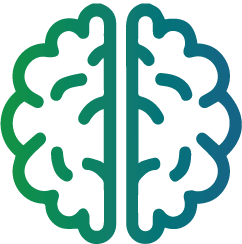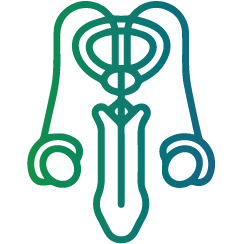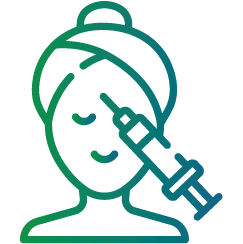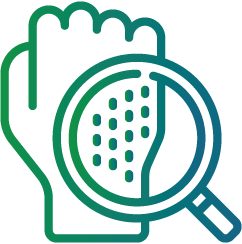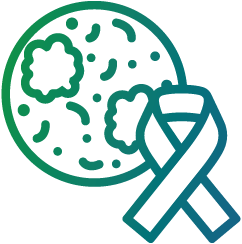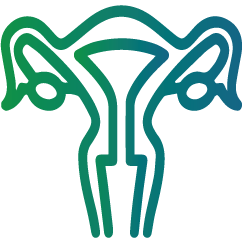Ayurveda is a holistic system of medicine that emphasizes the importance of balance and harmony in the body and mind. There are many simple home practices based on Ayurvedic principles that can be used to promote overall health and well-being. Some of these practices include:
Daily self-massage with warm oil (Abhyanga): This practice involves massaging the body with warm oil, typically sesame oil, before taking a shower or bath. The massage is said to nourish and rejuvenate the skin, improve circulation, and promote overall physical and emotional health.
Drinking warm water with lemon and honey: This practice is said to be beneficial for digestion and overall well-being. Lemon is rich in Vitamin C and other antioxidants, and honey is a natural antibacterial and anti-inflammatory agent.
Yoga and meditation: Ayurveda emphasizes the importance of maintaining balance and harmony in the body and mind. Yoga and meditation are practices that can help individuals to achieve this balance.
Proper food choices: Eating a diet that is balanced and appropriate for one’s unique doshic constitution is an essential principle of Ayurveda. One should eat fresh, whole foods that are easy to digest, and avoid processed foods, caffeine, and alcohol.
Herbal supplements: Ayurveda uses a wide variety of herbs to promote health and well-being. Some herbs that are commonly used in Ayurveda include turmeric, ashwagandha, and licorice.
Nasal Cleansing (Jala Neti): It is a simple yet effective technique used to cleanse the nasal passages, sinuses, and throat. It is said to help clear the sinuses, improve breathing, and promote overall well-being.
It is important to note that these practices should be used as complementary therapies and not as a substitute for medical care. If you have a medical condition or are taking medication, it is important to consult with your doctor before trying any of these practices.
In summary, seeking holistic health through Ayurveda simple home practices can be a great way to improve overall health and well-being. They can be used in conjunction with other therapies and should be done under the guidance of a qualified practitioner, who will take into account the individual’s unique doshic constitution and health condition before performing the therapy.



